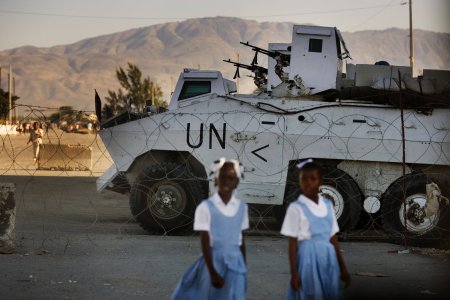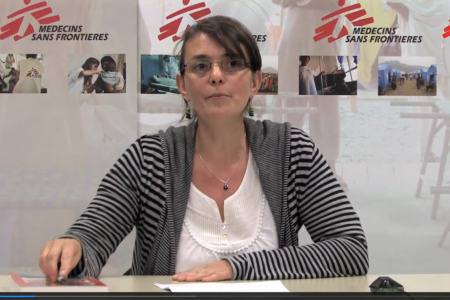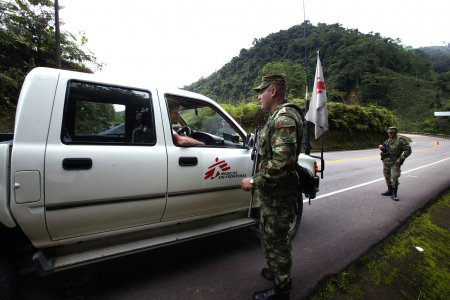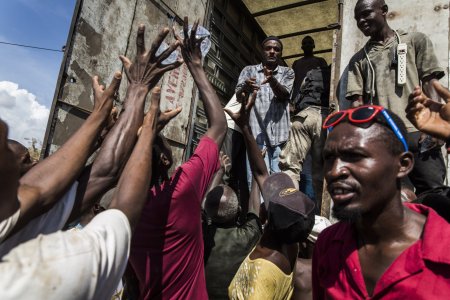 Larry Towell
Analysis
Larry Towell
Analysis
11/21/2006
Rony Brauman
Rony Brauman reviews the myths and mechanisms governing the deployment of international aid following the Southeast Asian tsunami in December 2004.
 Pep Bonet
Opinion
Pep Bonet
Opinion
01/14/2011
Rony Brauman
Fabrice Weissman
One year after the earthquake in Port-au-Prince, a number of observers and actors are questioning the international aid : reconstruction is at a standstill, homeless people are still facing the same situation and the deadly cholera epidemic reminds us that international aid has not helped to improve the very poor sanitation system.
 Conference
Conference
11/03/2010 - 07:00 PM 09:00 PM
Sandrine Revet
People wandering through the rubble in Haiti, arms outstretched begging for help amid the floods in Pakistan: the media coverage of disasters invariably features helpless victims, overwhelmed by the disaster, waiting to be helped...
 Juan Carlos Tomasi
Opinion
Juan Carlos Tomasi
Opinion
04/09/2010
Fabrice Weissman
On March 3, NATO Secretary-General Anders Fogh Rasmussen sent a direct appeal to the humanitarian community. Acknowledging the limits of military force in the stabilization and reconstruction effort in Afghanistan, he wants to create a closer partnership with the NGOs.
 Andrew McConnell/Panos Pictures
Op-ed
Andrew McConnell/Panos Pictures
Op-ed
01/20/2010
Rony Brauman
The earthquake that devastated Port-au-Prince and neighboring areas has led to a worldwide surge of solidarity which we must fully appreciate because no country could face such a disaster on this scale alone.
 Nick Owen
Cahier
Nick Owen
Cahier
01/10/2010
Jean-Hervé Jézéquel
Camille Perreand
This study started out looking at the shift to a post-conflict situation in Katanga; the intention was to describe how MSF’s sections negotiated the transition from war to post-war.
 Larry Towell
Analysis
Larry Towell
Analysis




